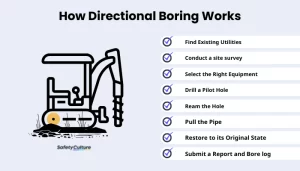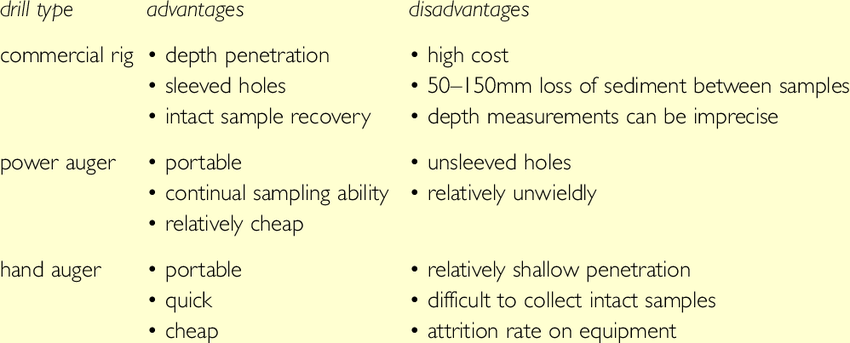Disadvantages of Directional Drilling – Challenges and Concerns
Directional drilling, a technique used in the oil and gas industry to access reserves that are not easily reachable through traditional vertical drilling, offers numerous advantages. However, it also comes with its fair share of disadvantages and challenges that need to be considered. In this article, we will delve into some of the notable drawbacks associated with directional drilling.
1. Environmental Impact
One significant concern with directional drilling is its potential environmental impact. The process involves creating complex well paths that can traverse through sensitive ecosystems, including aquatic environments and wildlife habitats. The disturbance caused by drilling and the construction of access roads can lead to habitat destruction, soil erosion, and water pollution.
1.1 Soil and Water Contamination
The chemicals and fluids used in drilling can find their way into the surrounding soil and water sources, posing a risk to the local ecosystem. Leakage from the drilling process and improper handling of drilling muds can result in the contamination of groundwater, which can have far-reaching consequences on both the environment and public health.

2. Technical Challenges
Directional drilling is a complex engineering feat that involves sophisticated technologies and equipment. However, this complexity can lead to technical challenges that may result in project delays and increased costs.
2.1 Equipment Failure
The equipment used in directional drilling is subject to wear and tear due to the demanding conditions they operate in. Equipment failures can lead to downtime, necessitating repairs or replacements. Such interruptions can disrupt the drilling schedule and inflate the overall project budget.
2.2 Accuracy and Precision
While directional drilling aims to reach specific targets deep within the Earth, achieving absolute accuracy and precision is challenging. Factors such as geological uncertainties, tool limitations, and unexpected subsurface conditions can lead to deviations from the intended well path. These deviations may result in missed reservoirs or intersecting unintended formations.
3. High Costs
Directional drilling projects are often associated with higher costs compared to conventional vertical drilling. The need for specialized equipment, skilled personnel, and advanced technologies contributes to these elevated expenses. For the advantages of directional drilling services read on.

3.1 Equipment and Maintenance Costs
Investing in the necessary drilling tools, mud systems, and steering mechanisms can be financially demanding. Additionally, the maintenance and repair of these complex systems require skilled technicians, which adds to the operational costs.
3.2 Unforeseen Expenses
Unpredictable subsurface conditions and technical challenges can lead to unexpected expenses. These may include the cost of dealing with equipment failures, deviations from the well path, and potential environmental incidents. Such unforeseen expenses can escalate the overall project budget beyond initial estimates.
4. Regulatory and Permitting Issues
Directional drilling often involves navigating a complex web of regulatory requirements and obtaining various permits to ensure compliance with environmental and safety standards.
4.1 Permit Delays
The process of securing the necessary permits can be time-consuming. Regulatory agencies may require detailed assessments of the potential impacts on the environment and nearby communities before granting approval. These delays can extend project timelines and increase costs.
4.2 Community Opposition
Local communities and environmental groups may raise concerns about the potential effects of directional drilling on their surroundings. Opposition from these groups can lead to legal challenges, public relations issues, and even project cancellations.
5. Data and Analysis Requirements
Directional drilling involves collecting and analyzing a substantial amount of data to make informed decisions during the drilling process. This requirement can pose challenges, particularly in remote or offshore locations.
5.1 Data Management
The data collected during drilling operations must be meticulously managed and analyzed to guide the drilling process accurately. This involves real-time monitoring and interpretation, which requires advanced technical expertise and robust data management systems.
5.2 Communication and Connectivity
In remote or offshore drilling sites, maintaining reliable communication and data connectivity can be challenging. Interruptions in data transmission can hinder decision-making and create inefficiencies during drilling operations.
Conclusion
While directional drilling offers several benefits, it is essential to recognize and address the associated disadvantages. Environmental concerns, technical challenges, high costs, regulatory hurdles, and data requirements all contribute to the complexities of directional drilling projects. By understanding and mitigating these drawbacks, the industry can work towards more sustainable and efficient drilling practices in the future.

